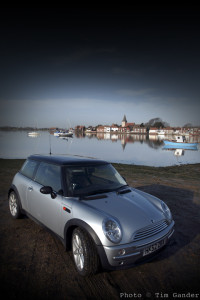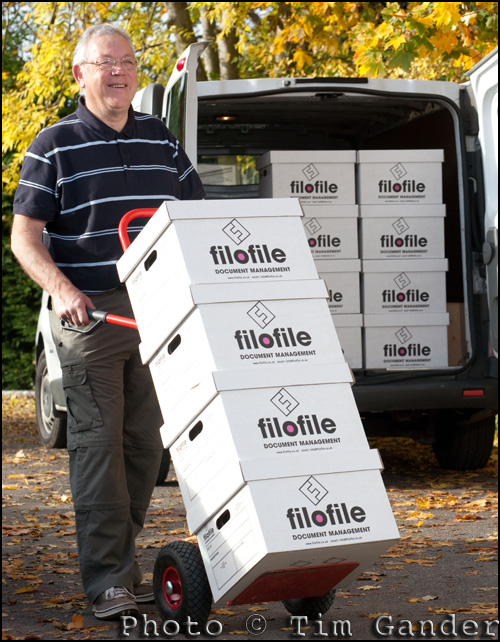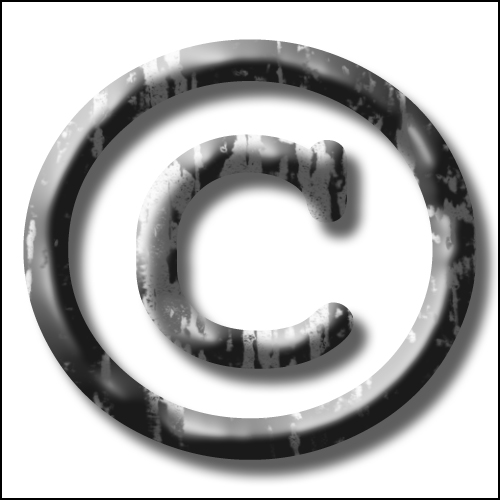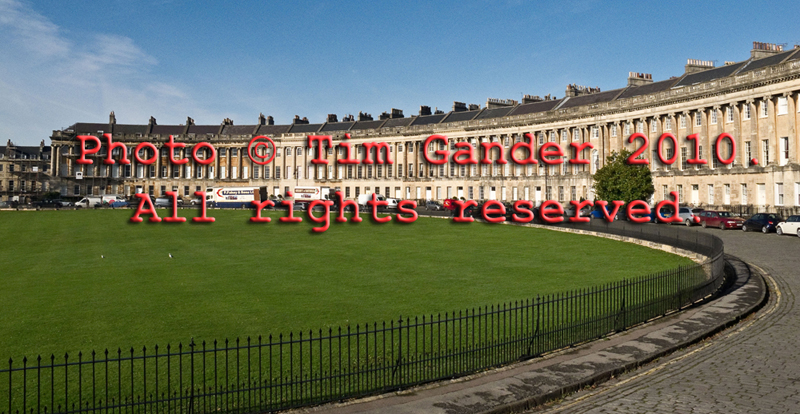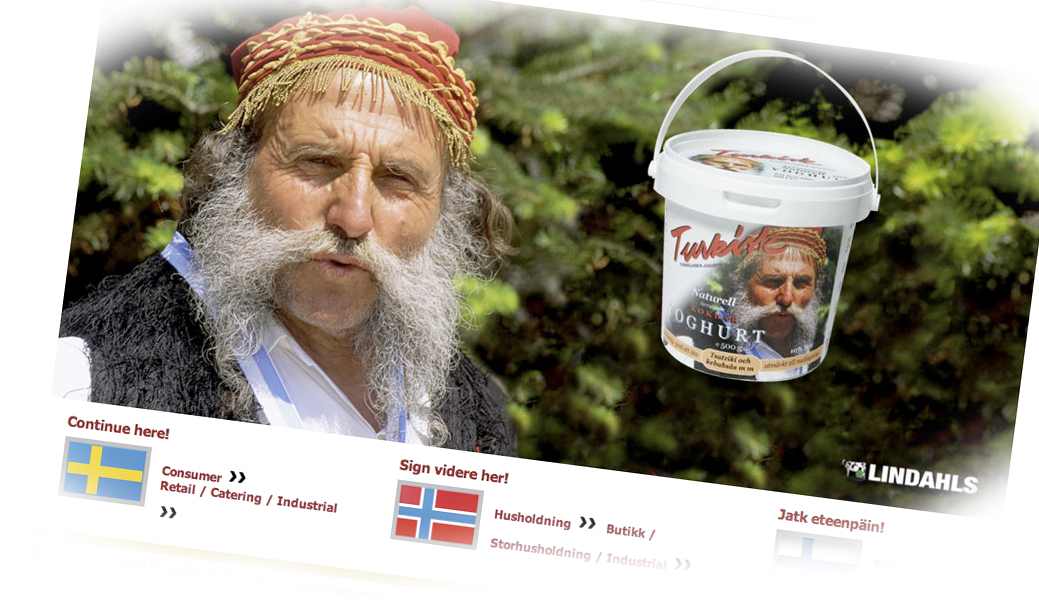How to make a photographer drool.
I can’t say I’m a fan of Top Gear, but there’s something about it that draws me back, resentfully, to watch each week. Usually on catch-up TV because every week I tell myself I won’t watch it and then crumble by Wednesday and sit there chortling like a.. a Mexican with jumping beans in his sombrero. Is that suitably non-PC?
It’s so stupid. The cars they review are far beyond the means of all but the most disastrously failed banking CEO. The humour is laddish and xenophobic (I’m half German and one more joke about BMW satnavs only being able to find Poland and I’ll be writing a stiff letter to the BBC).
The photography can be brilliant, but usually it has a Photoshop-on-acid look which I think has become self-mocking and clichéd. In fact, why do I watch it at all?
But I digress. The reason for my mentioning TG at all (oh look! same initials as me. I only just noticed that) is that I sometimes wonder if a similar format could work for a TV-based camera review show. It could still be called Top Gear, though I think the BBC might have a lawyer look into that, but it would also share other values of the motoring show.
Boys toys with eye-watering price tags being reviewed by paunchy middle-aged men trying to be laddish. Overuse of colour filters and vignettes. Shiny things. They could have the star with the reasonably-priced SLR to see how quickly they can shoot around a track(tor). Sorry about that joke, it physically hurt to write it.
Then there’s The Stig: “Some say he can view a photo on flickr without commenting on the bokeh; others that he once ate memory cards with milk for breakfast.”
Three presenters, all male of course because just as women don’t drive they also don’t take pictures. They’d be boorish and full of themselves, though quite where we would find such personalities among British photographers, I’m not too sure.
And of course the real stars of the show would be the cameras. The reviewers would mostly concern themselves with testing the difference between the likes of a Hasselblad H4D-60 with 50-110 zoom lens at just over £35,000 and a Leica S2-P with 70mm lens bundled in at £20,500 (and some spare change). Provided you have to be royalty or a dictator to own the gear, they’d review it.
Naturally they would review more modest cameras, but anything much under £1,000 (no kit lenses included) would get a brief and patronizing mention during the news section, except for the Fuji X100, which would have them drooling over its Leica-like shape and handling. Oh yes, handling would definitely be mentioned. As would power, drive and manual control. “MORE PIXELS!” shouts a presenter as he presses hard on the shutter release button.
Quite how you spin a Canon 1D MKIV until smoke comes out the back I haven’t quite worked out yet, but I know it would be fun to watch. Damn it. I’m a fan of Top Gear, aren’t I…

